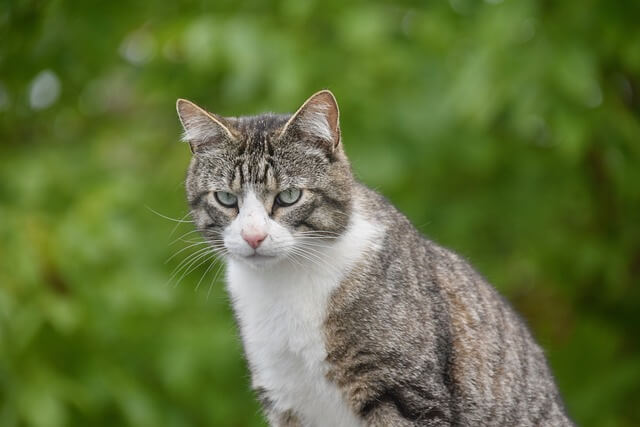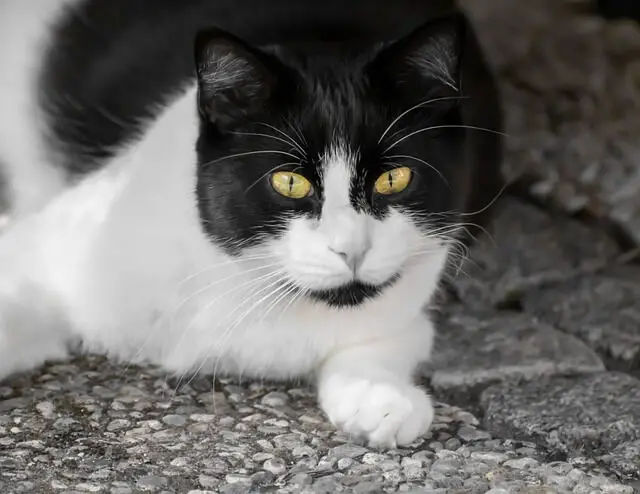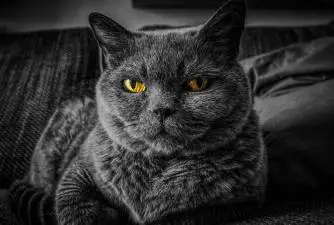Feline Lungworm - Signs, Diagnosis & Treatment
16.02.2023.
Aelurostrongylus abstrusus, also known as lungworms, are pulmonary parasites from species from Nematoda. Cats tend to be the only definitive host for the developing cycle. Since rodents and small mice are transport hosts, it is the most common parasite in outdoor living cats. But we should not forget some intestinal worms undergo parasitic pulmonary migration as well before their final destination in the intestine!
What is lungworm?
A parasitic worm that lives in the trachea ad large airways is called Eucoleus Aerophilus, and a parasitic worm that lives in the lungs is called Aelurostrongylus abstrusus, also known as lungworm.
They can cause bronchitis or pneumonia. The lungworm will gradually damage the airways or lung tissue by inciting an inflammatory reaction inside the tissue. Lungworm larvae live in snails, slugs, wild rodents, mice, small birds, and the feces of infected mammals. The cycle of infection means that lungworm can easily spread within pet communities, so prevention is key.

How can my cat become infected?
Cats become infected with lungworms when they ingest the larval or egg stage of lungworm by drinking water or eating prey that is contaminated. When the larvae develop in the intestine, they migrate out through the bloodstream and travel to the lungs, where they develop into adult worms and lay eggs in the host's lungs within 40 days.
The eggs then hatch into larvae and are coughed up or swallowed by the animal, and if swallowed, pass in feces, were may then be eaten by snails, slugs, birds, rodents, or other transport hosts, and the cycle starts all over again. Cats that hunt or live outdoors freely are at higher risk for contracting lungworms than other cats.
Clinical signs of lungworm
Although most infected cats remain well, the infection can produce clinical signs that mimic feline bronchopulmonary disease. Mature worms reside in the bronchioles; inflammation of these small airways can result in cough, wheezing, and/or respiratory distress.
Thoracic radiographs of parasitized cats can appear unremarkable or demonstrate a diffuse interstitial nodular and/or peribronchiolar pattern or sometimes an alveolar one.
Symptoms of lungworm infestation may include :
- Excessive bleeding
- Fast or abnormal breathing
- Wheezing
- Nasal discharges
- Unexplained or excessive bruising
- Coughing
- Loss of appetite
- Vomiting and/or diarrhea
- Weight loss
- Tiredness and depression
- Pale gums
- Seizures

Diagnosis of lungworm
The vet will take the cat's history and the anamnesis and also do a physical examination. Parasitic lung disease can easily be confused with other conditions such as
- Bronchopneumonia
- eosinophilic pneumonia
- asthma
- pulmonary granulomatosis
- pulmonary neoplasia.
Therefore vet can do some X-rays of the cat's chest. A. abstrusus should be considered an important differential diagnosis for feline "asthma", especially in cats with outdoor exposure, which are more likely to ingest the intermediate mollusk host of the parasite. Diagnosis is based on the detection of larvae in either airway lavage samples or feces via Baermann sedimentation. A very sensitive and specific diagnostic PCR using feces or pharyngeal swab material has been developed but is not commercially available.
Treatment and prevention
Fenbendazole, ivermectin, or selamectin can be used for treatment. Oral or inhaled anti-inflammatory dosages of glucocorticoids can be useful during therapy, as can bronchodilators for cats with increased respiratory effort.
Sometimes antiparasitic treatment should be continued for up to 2 months. The most commonly used treatment is a spot-on medication that kills the worms at all stages of development. This antiparasitic treatment also kills fleas, intestinal roundworms, mange mites, and a range of other parasites, so it is a good broad-spectrum preventative treatment. Another good prevention way is to limit your cat's free roaming. Cats with signs of lungworm usually get better with treatment.

Conclusion
Lungworm is a pulmonary parasite that can cause respiratory diseases. Cats (their final host) can get infected by ingesting larvae. Larvae from the intestine migrate by the bloodstream to the lungs, where they become adults and lay eggs.
Eggs can be coughed up or swallowed. If so, they leave hosts by feces and contaminate the environment. Symptoms of lungworm infestation may include heavy breathing, pale gums, wheezing, coughing, nasal discharge, lethargy, and weight loss. Lungworms can be diagnosed by stool analysis - Baermann sedimentation. Cats usually, after parasitic treatment, stop having clinical signs. To prevent lungworms, it is indicated to limit your cat's free-roaming and outdoor life and does antiparasitic treatment regularly.
World Cat Finder Team







Share